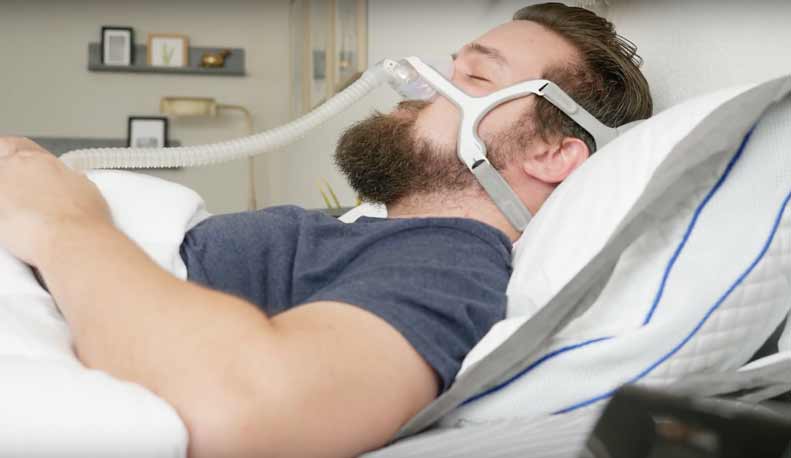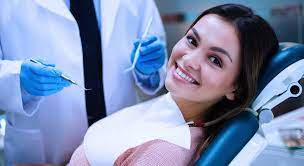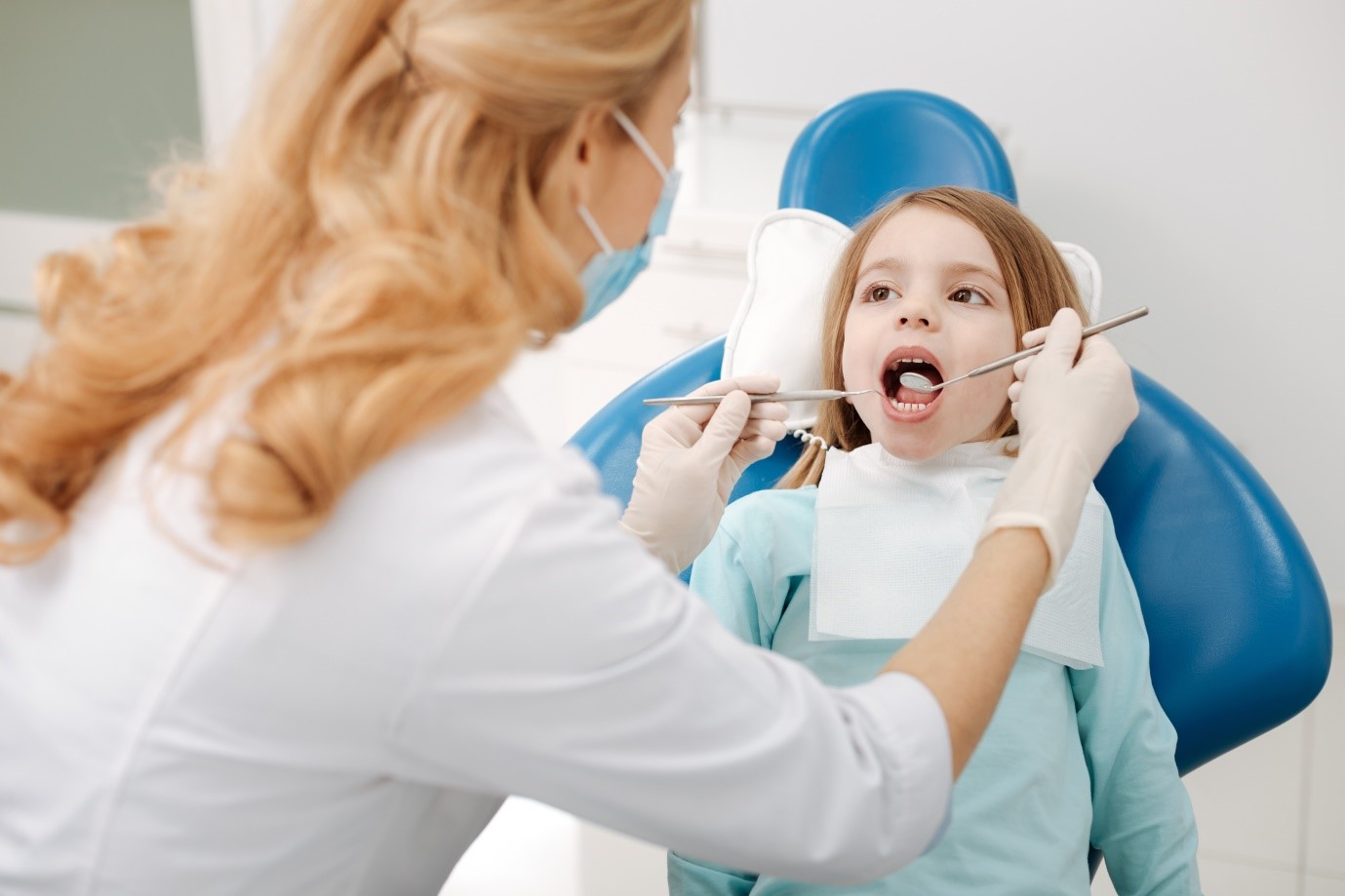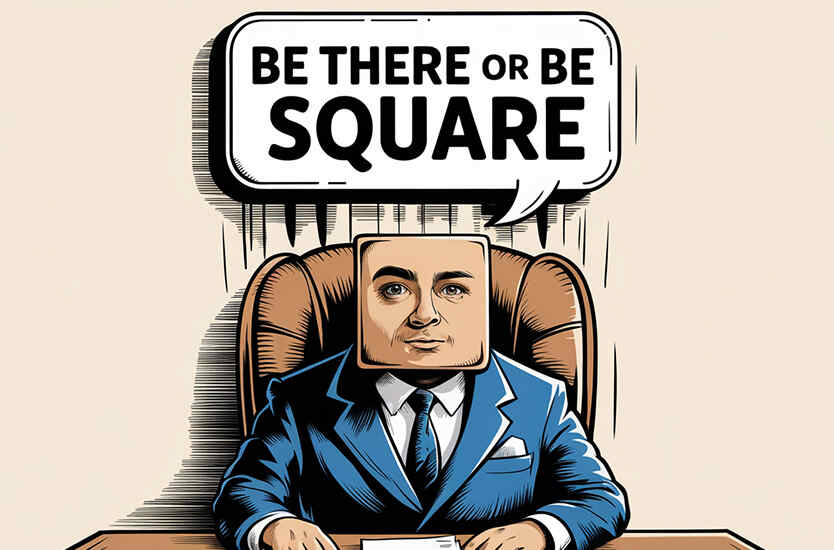How Can I Permanently Fix Sleep Apnea?
Sleep Apnea Treatment Options
People suffering from sleep apnea don’t know this may lead to severe health problems like diabetes, cardio-related diseases, depression, and obesity. One of the major causes of poor sleep is sleep apnea, in which your breathing starts and stops during sleep. But it’s treatable; you should visit your sleep apnea clinic in midtown which will tell you about the treatment options.
CPAP Treatment Sleep Apnea
Obstructive sleep apnea (OSA) is when your muscles in the throat relax; therefore, your soft tissues block airways. Your dentist will recommend a continuous positive airway (CPAP) machine for treating obstructive sleep apnea. It keeps your airways open and helps you snore less or not at all.
BiPAP Machine
Bi-level positive airway pressure or BiPAP machine is the same as a CPAP machine. Still, it provides a stream of air to keep your airways open. Unlike the CPAP, it provides constant pressure all the time. However, some people feel trouble exhaling with that continuous pressure, so BiPAP gives you less air to breathe.
ASV and Other Machines
The adpto servo ventilation machine (ASV) adapts and adjusts your breathing. The variable positive airways pressure machine (VPAP) gives you different amounts of air during breathing at night. It will help you get comfortable oxygen with masks and straps. If you find any problem, you should have a sleep apnea appointment with your dentist to know what is best for you.
Oral Appliances (MADs)
PAP machines are one of the most reliable treatments for sleep apnea, but some people prefer oral appliances. Also, your dentist uses an oral appliance for sleep apnea to bring your jaw alignment forward to open your airways.
Weight Loss
According to reliable sources, scientists have found a direct link between sleep and obesity. The increased fat in your upper airways limits your airways. It stops muscles from doing their work there if you make your body fit through exercises, proper diet, and possibly medication to treat obstructive sleep apnea.
The Nose Knows
Sometimes, your nasal decongestant can allow airways to open and make breathing easier. Your dentist will use breathing strips to treat sleep apnea sleeping disorder.
Upper Airway Stimulation
Your doctor may suggest upper airway stimulation (UAS). They put upper airway stimulation, a tiny electrical device, in your chest just below the skin and adobe the ribs. Upper airway stimulation includes an electrode connected to the nerves to control the muscle of your tongue. A small electrical charge will stimulate your tongue while sleeping to clear your airway and make breathing easy and regular. For upper airway stimulation (UAS), contact your doctor to know the pros and cons of the treatment.
Surgery
This is the last option your dentist uses to treat sleep apnea. The most common is uvulopalatopharyngoplasty (UPPP). A surgeon removes soft tissue from the back palate and may take out the soft tissue that interrupts oxygen intake. Other surgical options involve jawbones, soft tissues, or your nose. Contact your doctor to know which treatment option is best for you.

Recent Post
What is The Meaning of a Medusa Tattoo?
January 9, 2025
The Meaning of Encanto in Spanish and Origin
January 4, 2025
Equivalent Phrases For “Including But Not Limited To”
December 30, 2024
How To Make Weekend Greetings More Fun?
December 30, 2024
10 Modern Sayings Similar To “Be There Or Be Square”
December 30, 2024









